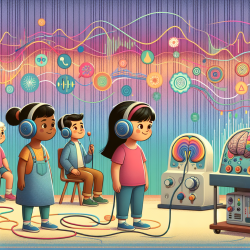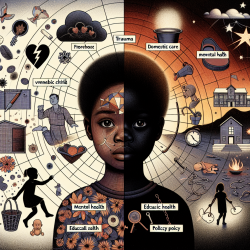Introduction
Physical activity (PA) is a cornerstone of healthy development in adolescents, offering numerous benefits, including a reduced risk of various cancers. However, the majority of U.S. adolescents fall short of meeting the recommended PA guidelines. A recent study titled "Correlates of Physical Activity, Psychosocial Factors, and Home Environment Exposure among U.S. Adolescents: Insights for Cancer Risk Reduction from the FLASHE Study" provides valuable insights into the factors influencing adolescent PA levels. This blog explores the study's findings and offers practical tips for practitioners and parents to enhance PA among adolescents.
Key Findings from the FLASHE Study
The FLASHE study analyzed data from 1504 adolescent-parent dyads to identify determinants of adolescent PA. The study found:
- Younger adolescents (12-15 years) are more active than older teens (16-17 years).
- Adolescents with parents who meet PA guidelines engage in higher levels of PA.
- Parental support and involvement in PA are crucial for increasing adolescent PA levels.
- Neighborhood environments with accessible shops, transit stops, and sidewalks promote higher PA levels among adolescents.
Practical Tips for Practitioners and Parents
Based on these findings, here are some strategies to boost adolescent PA:
For Practitioners:
- Encourage Parental Involvement: Educate parents on the importance of modeling PA and supporting their children's activity levels.
- Promote Community Engagement: Advocate for community infrastructure that supports active transportation, such as sidewalks and bike paths.
- Focus on Younger Adolescents: Develop programs targeting younger teens to establish lifelong PA habits.
For Parents:
- Be Active Role Models: Demonstrate the importance of PA by participating in activities with your children.
- Create a Supportive Environment: Facilitate access to parks, sports facilities, and safe walking routes.
- Set Realistic Goals: Encourage small, achievable PA goals and celebrate successes to build motivation.
Encouraging Further Research
While the FLASHE study provides valuable insights, further research is needed to explore the multifaceted influences on adolescent PA. Practitioners are encouraged to investigate additional factors such as socioeconomic status, cultural influences, and school-based interventions to develop comprehensive strategies for promoting PA.
To read the original research paper, please follow this link: Correlates of Physical Activity, Psychosocial Factors, and Home Environment Exposure among U.S. Adolescents: Insights for Cancer Risk Reduction from the FLASHE Study.










